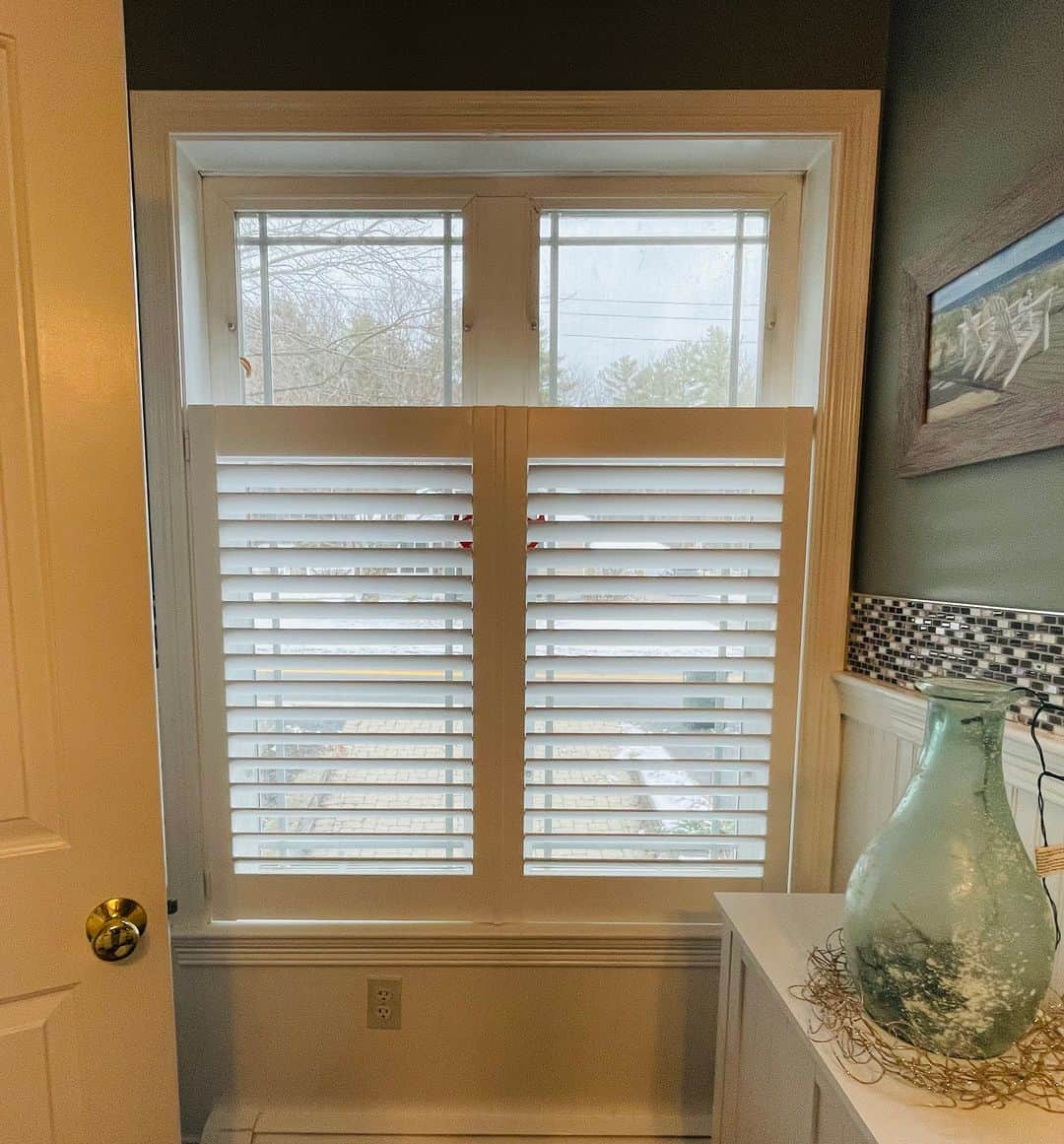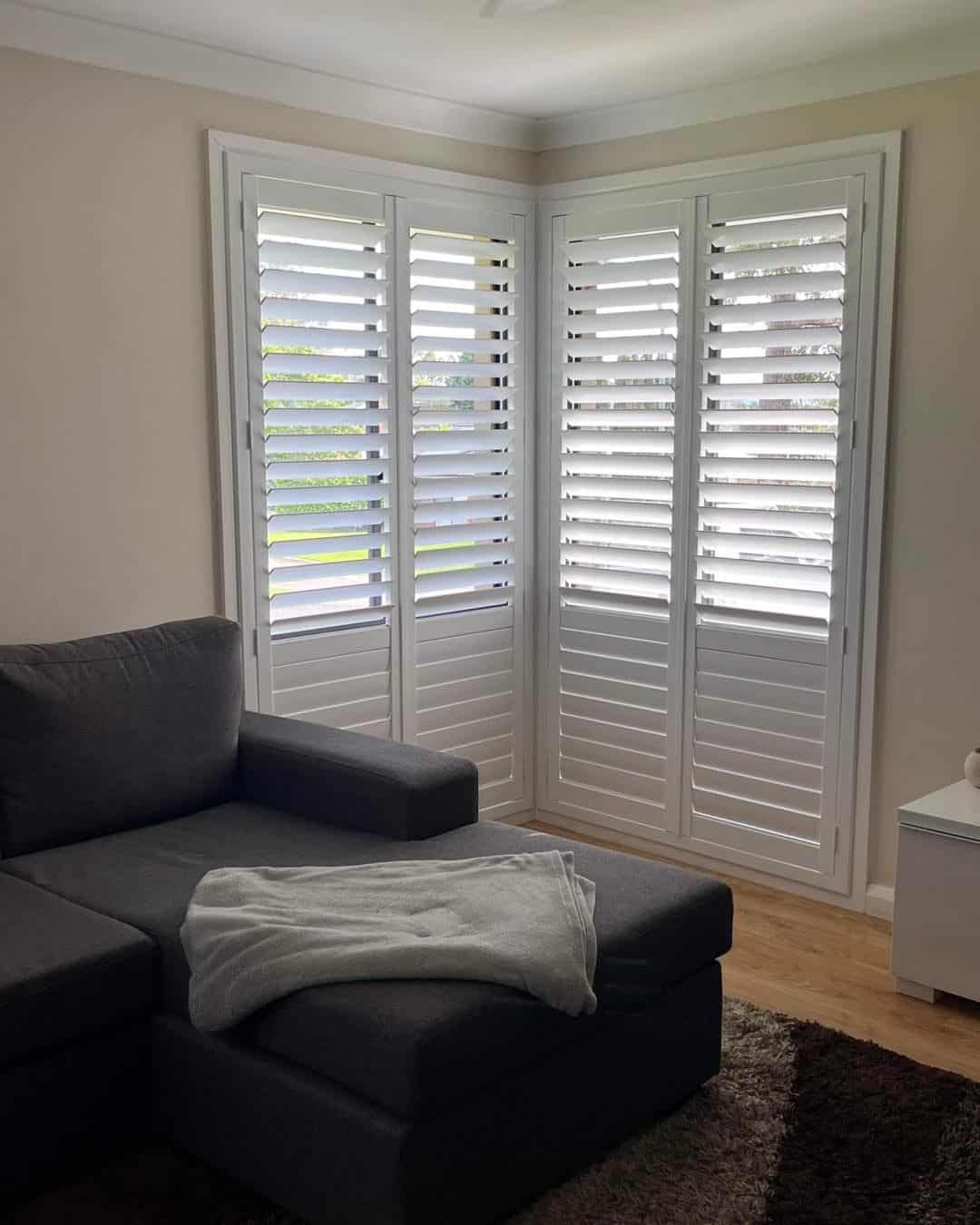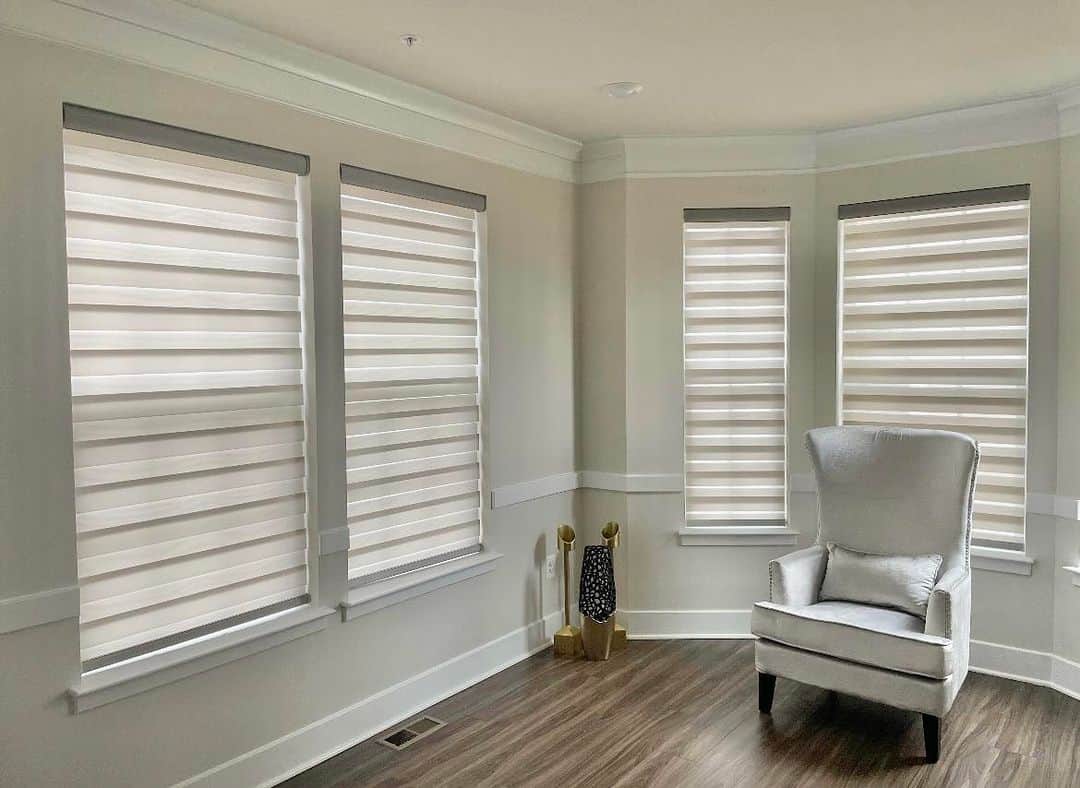Do you own a set of blinds in your home? Keep them intact and manageable by understanding the basics as well as the technicalities of these materials. These include the importance of having blinds in your home, the different types of blinds, and of course, the process of opening and closing them correctly.
In this article, we will significantly focus on how to lower blinds with 3 strings. So, let’s get started and uncover everything you ought to know about blinds.
How to lower blinds with 3 strings?
Often than not, Venetian blinds are the specific type of blinds that have 3 strings. However, there are other kinds of three-string blinds. So, in this case, we will cover the general guideline on how to operate blinds that have 3 strings.
1. Know how three-string blinds work.
First and foremost, it’s important that you understand the ins and outs of this particular type of blind. The 3 strings go through each hole of the slats, connecting to a bar that is stationed on the top section of the blinds. Also found in the upper area are two wheel-like elements that are linked to the strings.
So, when you clasp the strings together, that small roller gear releases. Meanwhile, the wheel locks if you pull the strings in the other direction. Accordingly, blinds follow a certain lock mechanism to easily open and close the slats.
That is why is crucial to gather all three strings to ensure that the slats rise or fall evenly. If not pulled together, then you’d be seeing lopsided blinds that can be difficult to manage. More so, this could cause some unwanted knots on the strings.
Thus, you need to master the control mechanism. Make sure you also understand the key parts so you can easily determine the component that you need to work on. This also helps in avoiding issues with the blinds in the long run, or worst, possible replacement of blinds strings.
Aside from the slabs and strings, the other main part of the blinds is the wand. This serves as the tool that controls the rotation of the slats, which are then held together by the string ladders. Each ladder is connected through the slat so that you can rotate and raise the blinds at once.
There are also other blinds that do not have the wand tilt mechanism. Instead, it comes with a cord tilt system, which then consists of two strings that are wrapped around a spool. So, when you pull one of the strings, it rotates the slats seamlessly, just like how the wand works.
When operating blinds, use gentle movements to prevent damage to the strings or slats. Sudden jerks or excessive force can lead to malfunctions or breakage.

2. Gather all three strings together.
Considering that you have tried raising the slats successfully, the problem would now be how to lower the blinds. If this is your first time dealing with blinds, don’t worry because raising or lowering the slats of your blinds is very easy.
You simply locate all strings and pull them all together and stop at your desired length. Afterward, pull the strings away from the blinds and then release them slowly. In doing this, the friction of the strings against the roller gear leads the roller to slide up.
This motion then pinches the strings so that they will stick and the blinds are held up. That is why it’s very important to pull the strings carefully to avoid messing up the blinds and the cord lock mechanism in general.
Inspecting the strings for signs of wear and tear regularly would be best. Frayed or damaged ones can be risky and cause the blinds to malfunction. Also, ensure that the strings are not entangled and are free of knots for smoother operation.
3. Station the strings to the center or at a 45-degree angle.
In lowering the blinds, you need to gather together all three strings. If you have Venetian blinds, most of the strings are located on the sides of the blinds (right and left) and then the middle section. Depending on the placement of the strings, you need to place them together in the center, either to the left or right.
Following the correct angle of the slats is the key to releasing the lock motion that stuck the blinds. Once you station them to the center, on a slanted position, pull slightly so the small roller comes down. Slowly release the string and the slabs will loosen up and go down automatically.
4. Check if the cord is trapped on the lock mechanism.
Well, there are times when the blinds get into some problems. And if this happens, you don’t have to worry because it might just be a simple jam on the lock mechanism. To resolve the issue, you first need to get access to the lock mechanism by removing the trim molding that generally comes with plastic clips.
Once you get rid of the molding at the top, carefully unclip the base of the top hinge and remove the blinds. Using a flathead screwdriver, place it in between the small roller gear and the big, stationary roller. Gently tug on the area so that the smaller roller is released from getting stuck.

From there, the blinds would mechanically go down. To make sure that the problem is solved, try raising the blinds at a certain length and then lowering it again, following the steps we’ve provided earlier.
If the blinds still do not lower after following the steps, check for any obstructions in the rollers or the track. Sometimes, debris or accumulation of dirt can hinder the movement of the blinds. Regular cleaning can mitigate these issues. Learn about the easiest way to clean blinds to ensure smooth operation and maintain their longevity.
5. Replace broken strings with new ones.
Now, if you have broken strings, it’s pivotal to replace them as soon as possible. It’s because each string plays a crucial part in the entire process of hoisting up and lowering the blinds. If you’re unsure how to change a broken, old string, you may hire an expert to do the replacement.
People willing to replace the strings can find blind cord replacements at home improvement stores. Carefully read the instruction manual or watch online tutorials on replacing the strings correctly.
If you’re left with no choice but to buy a new one, don’t worry. There are excellent blinds in the market to choose from.
What are some key reminders when owning blinds?
Because of the delicate materials and intricate clutch mechanism that encompass the functionality of blinds, it’s important to be careful when handling these materials. When raising or lowering the blinds, do not put too much force.
That’s why you should keep small children away from playing with the blinds to avoid untimely replacements. And of course, you need to make sure that you gather and pull them together to avoid the roller getting stuck and creating uneven placement of blinds.
In addition, keep the cords out of the reach of children, as they pose a strangulation hazard. Install cord cleats or cord tensioners to secure loose cords and reduce the risk of accidents.
If you have yet to buy new blinds, there are also some tips that you need to consider. These include choosing blinds that fit the width of the windows and picking the right type according to your needs. Also, make sure that you clean them regularly and remove unwanted dust and debris on the slats.
Are blinds a good choice?
If you’ve been using curtains all your life, perhaps you’re uncertain if blinds are worth the splurge. Well, actually, they are! Blinds act as window coverings, offering shade to a certain part of your home or office. These work remarkably in keeping sunlight from entering while also stopping internal light from escaping.
With the regulation of the amount of sunlight that seeps through the windows, it assists in cooling the room without making it totally dark. As a result, this material can actually help in reducing your energy bills. And of course, blinds are widely used to provide privacy.
Blinds also add an elegant and sophisticated look to any room. They’re available in different styles, materials, and colors, allowing homeowners to choose the one that complements their home décor the best.
Because of these reasons, many opt to use blinds than traditional, weighty curtains. But the question is, how do you choose? There are different types of blinds that vary according to their usage and key features. So, here are some of the popular blinds that you may come across in the market:
1. Venetian blinds
Probably the most common type of blind is none other than Venetian blinds, which are known for their horizontal slats. To provide a seamless balance between light and privacy, the slats are angled precisely. This means you can twist the slats according to your preference and control the light that enters.
2. Vertical blinds
From the name itself, vertical blinds encompass a series of vertical fabric slats that are referred to as louvers. The louvers are then hung on a headrail that stretches from end to end of the window. Moreover, the slats are drawn by cords, allowing them to be spun or tilted easily.

3. Panel Blinds
Moving forward, panel blinds are somehow the same as vertical blinds, except for the wider slats. Because of the added dimensions, this type of blind is suitable not just for windows but also for bi-fold doors and sliding doors. However, do take note that panel blinds cannot spin along the vertical rail.
4. Roman Blinds
Roman blinds or Roman shades are designed to cover the entire window. Unlike Venetian blinds, these are more compact since they are made of fabric. In addition, these come in various patterns and colors, making them ideal for contemporary living rooms and bedrooms.
5. Micro blinds
Another popular kind is the micro or sometimes called mini blinds. These are quite similar to Roman blinds but largely differ in the size of the slats. Micro blinds are much smaller, hence way lighter compared to the above-mentioned types of blinds.
Conclusion
Lowering blinds with 3 strings or less is actually something that you can work on yourself―as long as you know the basics. Therefore, take a closer look into the core components of the blinds and pinpoint the cause of the problem. Then, prepare the main tool, or the screwdriver, and accomplish the task with ease!
